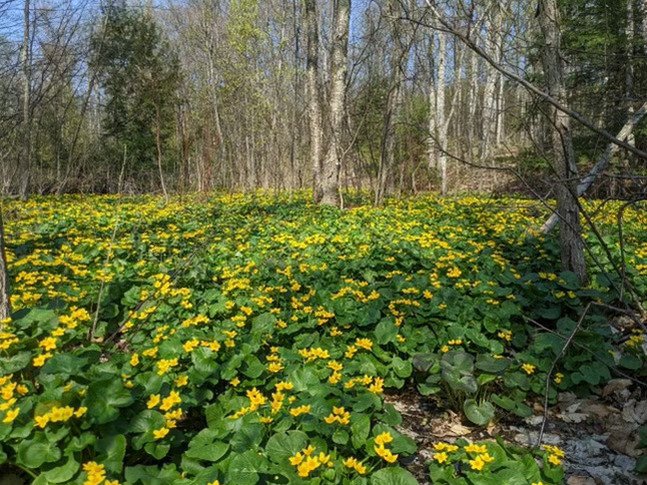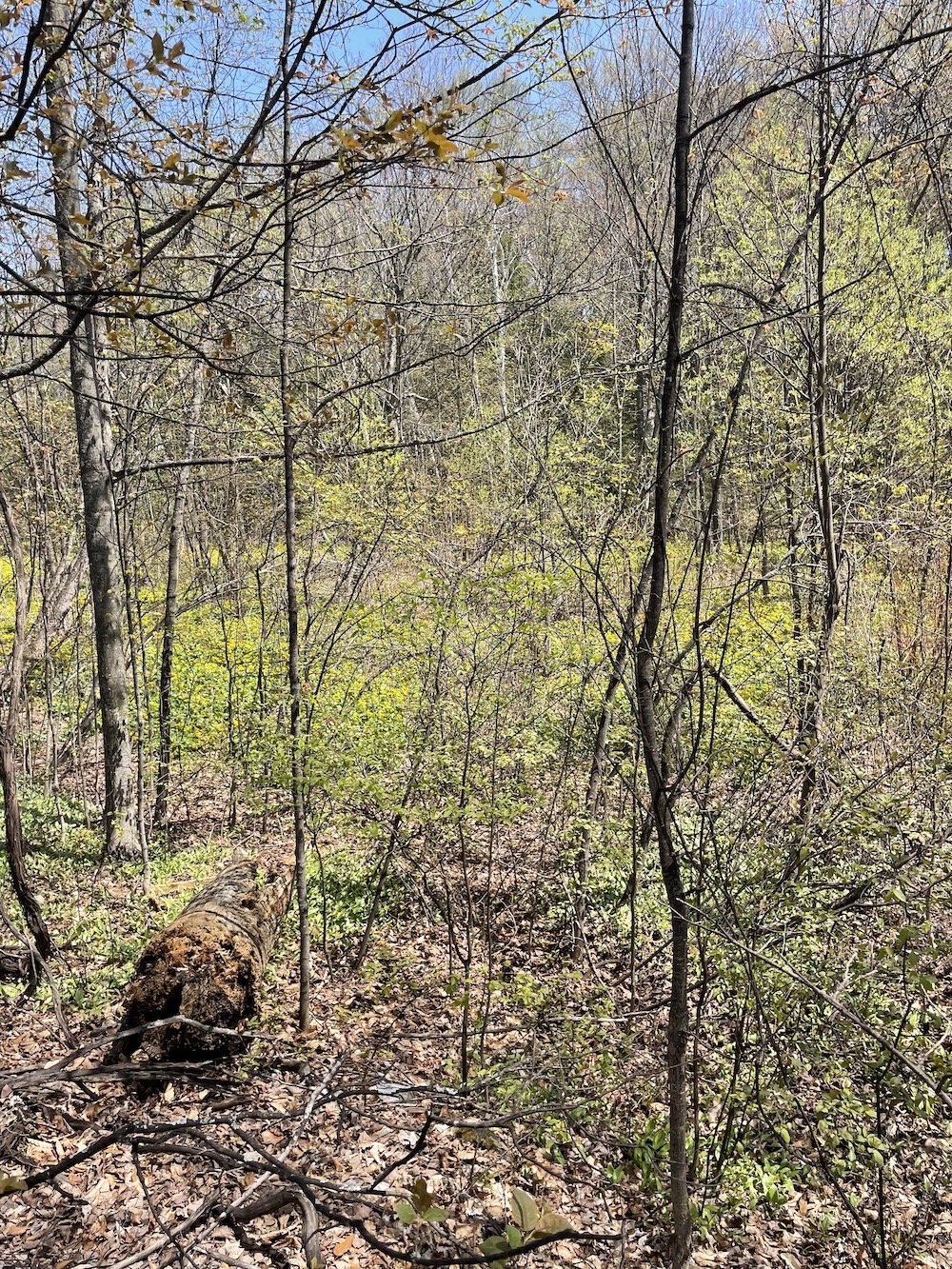EDGE FARMING: ENHANCING SUSTAINABILITY IN AGRICULTURE | Bel Lago Vineyards
As humanity continues to grapple with the challenges posed by climate change and environmental degradation, the need for sustainable agricultural practices has become increasingly apparent. One such practice that holds great promise is edge farming, an innovative approach that leverages the benefits of natural boundaries within agricultural landscapes.
Understanding Edge Farming:
Edge farming revolves around cultivating agricultural land adjacent to natural habitats or ecological boundaries, such as rivers, forests, wetlands, or meadows. This approach allows us to seamlessly merge natural edges with our farming activities, creating diverse and productive landscapes that foster ecological resilience and promote sustainable food production.
The Benefits of Edge Farming:
At Bel Lago Vineyards, we have experienced numerous benefits through our embrace of edge farming, all of which contribute to environmental sustainability:
Biodiversity Conservation: Edge farming plays a vital role in preserving and creating habitats that support a wide array of plant and animal species. By establishing transition zones, our farming systems provide corridors that connect ecosystems, allowing native flora and fauna to flourish. This, in turn, supports essential pollinators, beneficial insects, birds, and other wildlife, playing a crucial role in maintaining healthy ecosystems.
Ecosystem Services: Edge farming promotes the provision of valuable ecosystem services. Natural edges act as buffers, mitigating the impacts of agricultural runoff by absorbing excess nutrients and sediment. They regulate water flow, prevent soil erosion, and enhance resilience against extreme weather events. By prioritizing soil health and water quality, edge farming ensures the long-term productivity and sustainability of our agricultural systems.
Pest Management: Diverse habitats within our edge farming systems foster natural pest control. Beneficial insects, such as ladybugs and lacewings, thrive in these areas, effectively preying on agricultural pests like aphids and caterpillars. This reduces our reliance on chemical pesticides, aligning our farming practices with eco-friendliness and long-term sustainability.
Marsh Marigolds: Guardians of Edge Farming:
Among the various species that signify the health and productivity of our edge farming ecosystems, the marsh marigold (Caltha palustris) holds a special place. At Bel Lago Vineyards, we understand the significance of marsh marigolds and their habitats. Typically found in wetlands and along stream edges, they act as indicators of water quality and ecological balance. Their presence serves as evidence of well-managed agricultural systems that conserve water resources and minimize pollution.
Marsh marigolds offer more than just visual beauty; they fulfill essential ecological functions. Their extensive root systems stabilize soil, preventing erosion along stream banks and wetland edges. Additionally, they provide abundant nectar and pollen for pollinators, supporting the health and abundance of bees, butterflies, and other beneficial insects. By embracing edge farming, we have created an environment that allows marsh marigolds and other indicator species to thrive, reaffirming the positive impact of sustainable agriculture on our surroundings.
Edge farming represents a vital shift towards sustainable agriculture by recognizing and integrating the inherent value of natural boundaries within our farming systems. By nurturing diverse ecosystems along the edges of agricultural lands, we foster biodiversity conservation, promote ecosystem services, and encourage natural pest control. The presence of species like marsh marigolds serves as a beacon of success, indicating a harmonious coexistence between farming and the environment. Let us embrace edge farming as a pathway towards a more sustainable and resilient future for agriculture.
By integrating natural edges into our agricultural systems at Bel Lago Vineyards, we have witnessed firsthand the potential for enhanced biodiversity, preserved ecosystem services, and natural pest control. Marsh marigolds, as guardians of our edge farming practices, remind us of the harmonious coexistence between farming and the environment.




